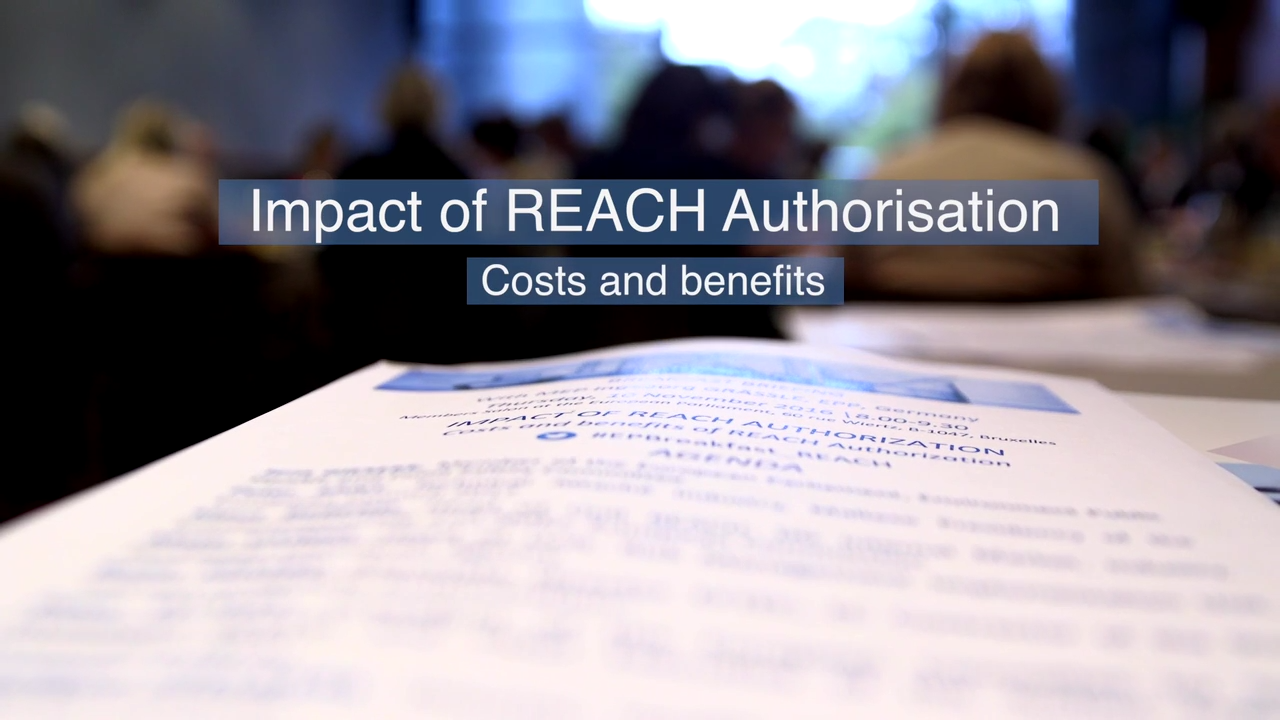
ECHA: Authorisation has positive impacts
Submitted by:
Andrew Warmington
The need to obtain REACH authorisation before using harmful chemicals “has sped up substitution and reduced risks to people’s health and the environment - at a reasonable cost”, according to a recent study by ECHA that was based on information from 2010-20.
Of 54 chemicals subject to authorisation, about half are no longer used and volume use for those that remain has fallen by 97%. Among specific benefits, emissions of endocrine-disrupting ethoxylated nonyl- and octylphenols should decrease by more than 90% over the next 12 years, while workers’ exposure to hexavalent chromium has fallen.
Where replacement is not yet feasible, the societal benefits of authorising specific uses in terms of jobs and product availability is estimated to be almost 20 times greater than the remaining health risks. The cost to EU companies applying for authorisation is about €200,000/use or an average of €7-9 million/year for all applications. Separately, ECHA has added two SVHCs to the Candidate List for authorisation, bringing the total to 211. Bis(2-(2-methoxyethoxy)ethyl)ether and dioctyltin dilaurate, stannane, dioctyl-, bis(coco acyloxy) derivatives, which are mainly used in inks, toners and tyres, are deemed reprotoxic. Companies using them must notify ECHA if their products contain any of them.
